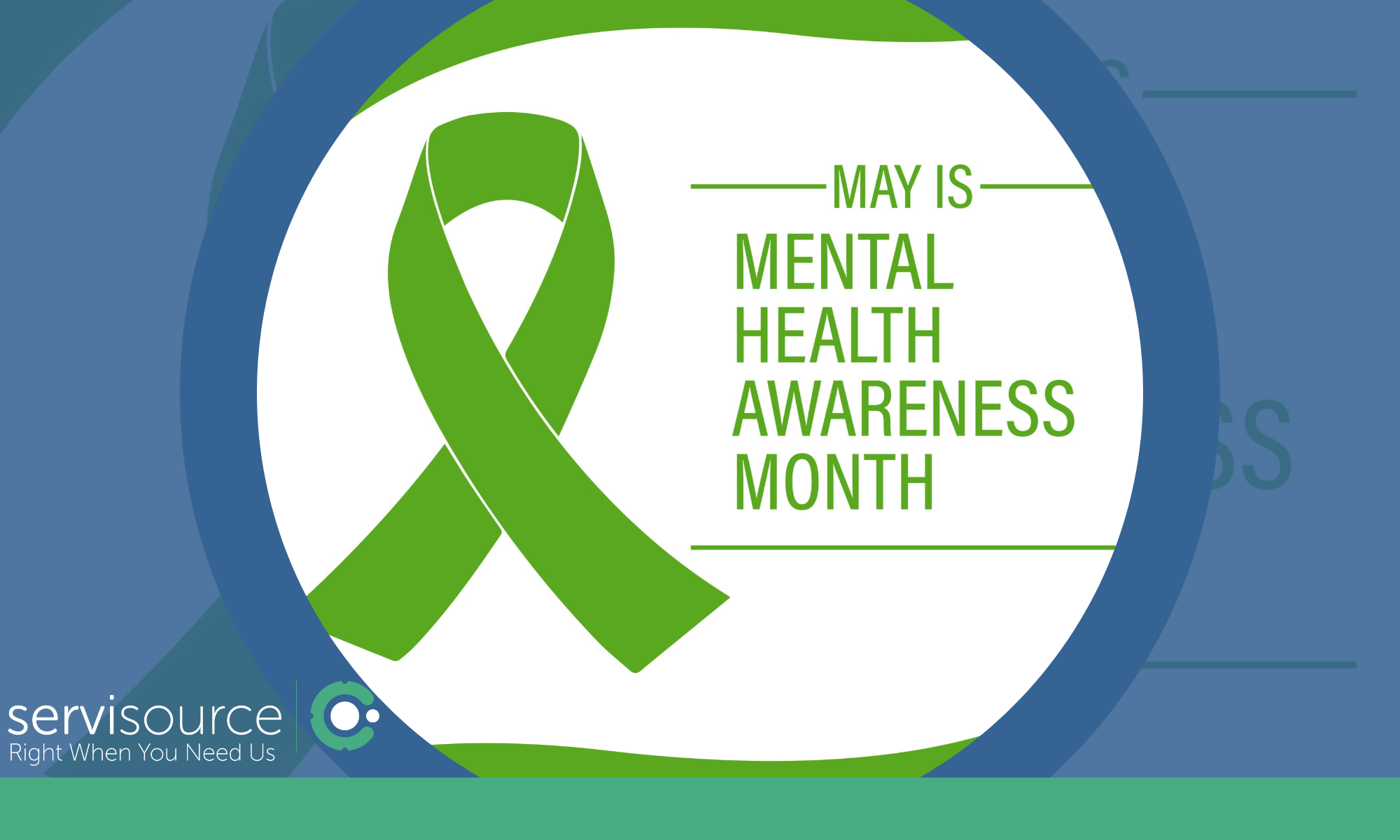Workplace Health and Safety: A Guide for HR Managers
Employee health and safety is one of the most important duties for any HR manager. It’s critical to ensure that your workplace environment is healthy and that everyone who steps foot in it feels safe, secure, and comfortable. Safety concerns can range from a lack of proper equipment to hazardous conditions through error. Understanding these dangers and taking proactive steps helps to mitigate them before accidents occur. Workplace health and safety should be a priority and this is why we have created the below steps as a guide for HR managers. This advice will help you to take care of your staff and help to protect your business too.
Occupational Health with Servisource
At Servisource Healthcare we work closely with our clients to understand the wellness objectives of the company & create a programme specifically for their needs.
We offer best-in-class compliance and are certified with the quality standards ISO and JCI. In addition we comply with all regulatory health & safety, quality & environmental standards.
This gives you peace of mind knowing that our staff are fully compliant.
Did You Know?
For 2020, it was reported that there were 597,000 days lost due to work-related injuries (as compared with the five-year average of 613,962).

Understand Legal Requirements
Familiarise yourself with the relevant local, national laws and regulations concerning workplace health and safety. Stay updated on any changes or amendments that may affect your organisation. Key areas to focus on include occupational health and safety acts, workers’ compensation laws, and industry-specific regulations. Understand the process of reporting and managing injuries, including the requirements for filing claims and providing necessary documentation.
Determine the specific requirements for incident reporting, documentation retention periods, and the type of information that needs to be recorded. Ensure that your organisation maintains accurate and up-to-date records to demonstrate compliance.
Provide Adequate Training
Offer comprehensive training to all employees, including new hires and existing staff. Training should cover topics such as hazard identification, proper use of equipment, emergency procedures, and personal protective equipment (PPE) usage. Tailor training to specific job roles and provide refresher courses when needed.
Consider incorporating interactive training methods, such as workshops, simulations, or hands-on exercises, to enhance engagement. Use a variety of training formats, such as written documents, videos, online modules, and visual aids, to cater to different learning styles. Regularly evaluate the effectiveness of your training programs to ensure they are meeting their objectives by conducting assessments or quizzes to gauge employees’ understanding of the content.
Regular Inspections and Audits
Conduct routine inspections and audits to assess the effectiveness of safety measures in place. This includes evaluating the condition of equipment, inspecting work areas for hazards, and reviewing adherence to safety protocols. Address any identified issues promptly and correct them when needed.
Both scheduled and unscheduled inspections are important. Scheduled inspections can be conducted on a regular basis, such as monthly or quarterly to assess the workplace for potential hazards and ensure ongoing compliance. Unscheduled inspections, also known as spot checks, can be performed at any time to identify immediate safety concerns or address specific issues raised by employees. Maintain a checklist or inspection form to guide the process.

As a HR manager, prioritising workplace health and safety is essential for the well-being of employees and the success of your organisation. By understanding legal requirements, carrying out regular inspections, and providing ongoing training and support, you can create a safe and healthy work environment that promotes employee well-being and productivity. It is an ongoing commitment that requires continuous improvement and attention but is ultimately well worth it.
Contact Form
Contact Form










